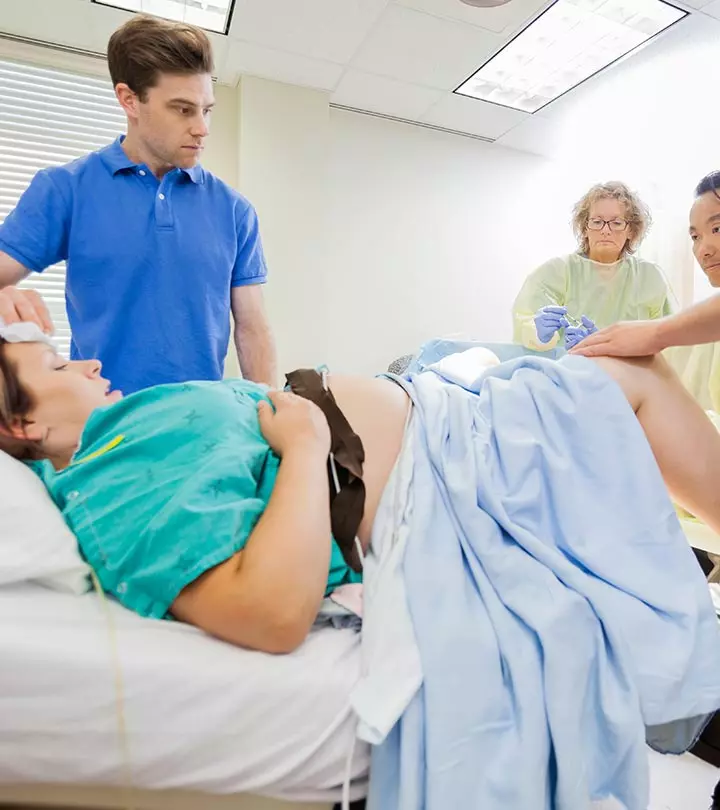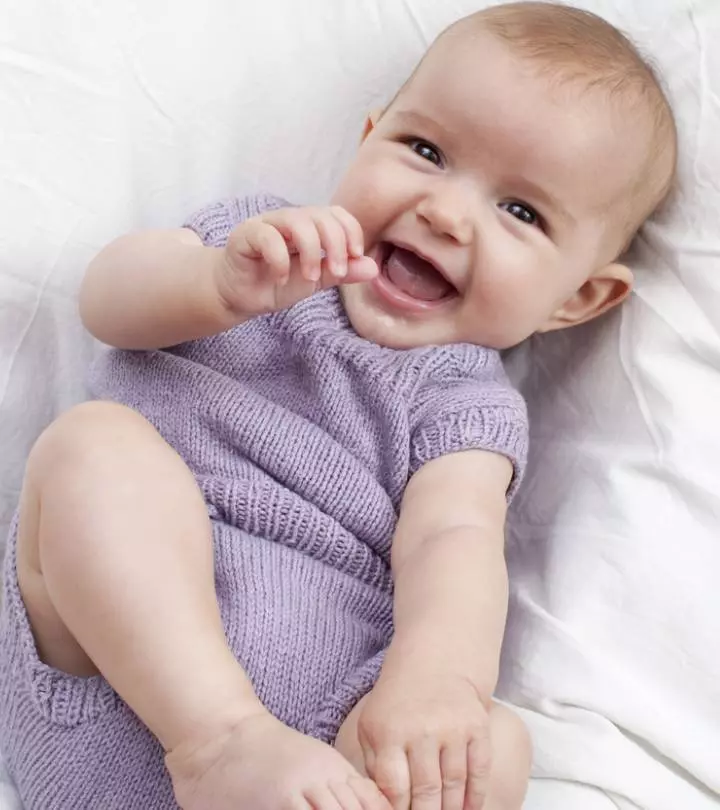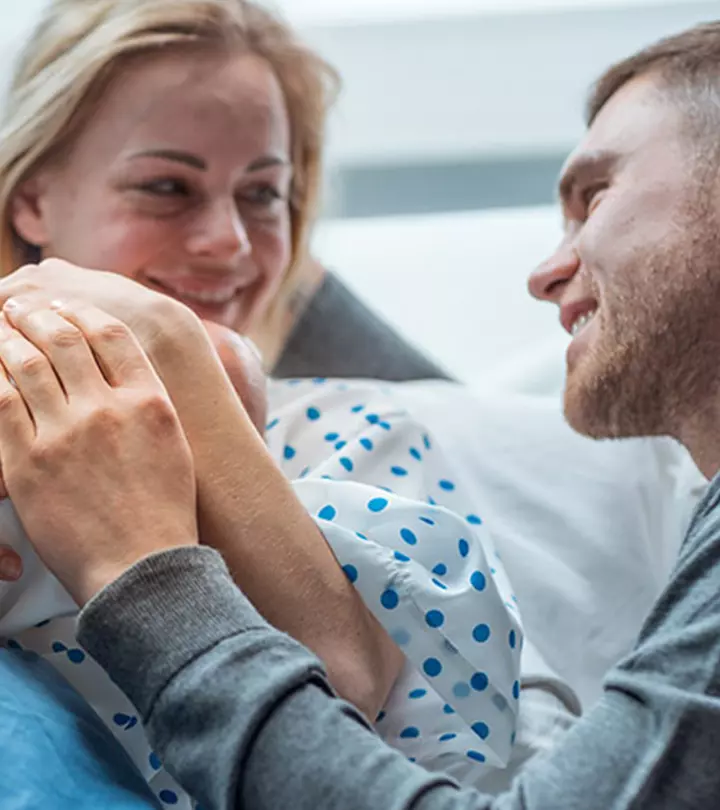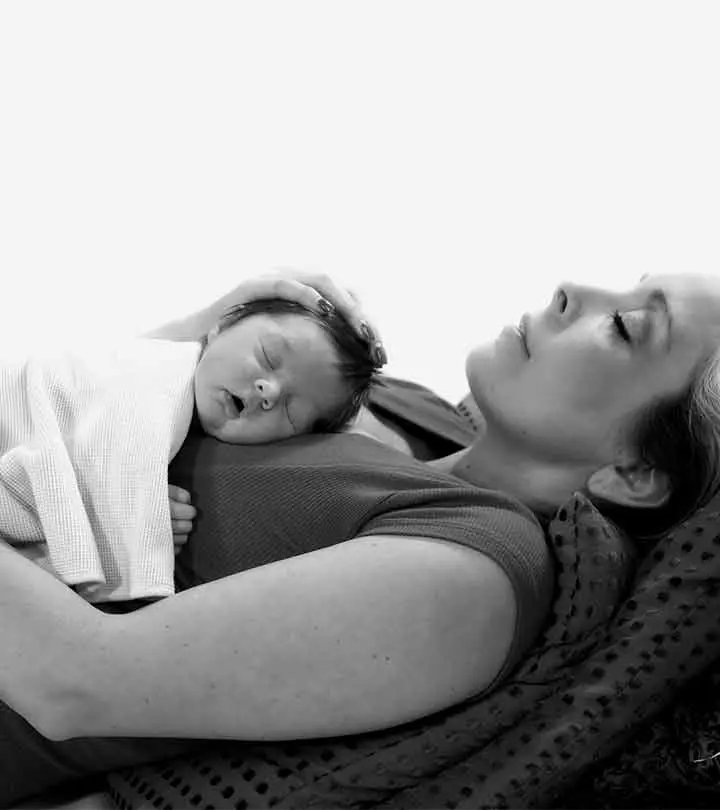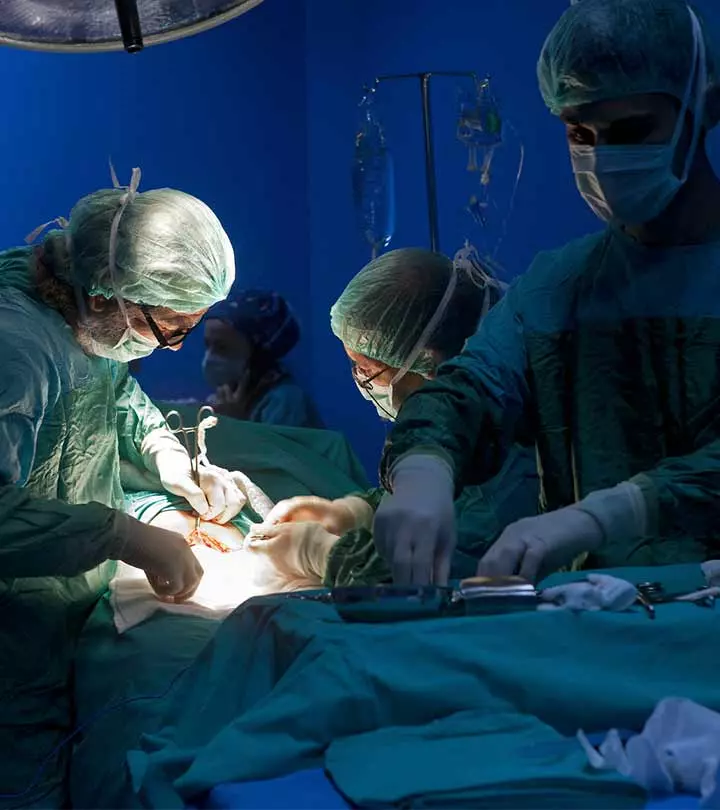

Image: iStock
Kim Kardashian was in the news recently, and no- she didn’t break the internet again! It was her overly-complicated pregnancy. Not only has Kim been candid about her condition to the media, but she has also elaborated her pregnancy complications and struggles with infertility. She states that she was diagnosed with a condition called placenta accreta.

Apparently, Kim had been trying to conceive her second child with husband Kanye West for more than a year when she was diagnosed with placenta accreta. She had to undergo a couple of operations for it, but the operations created a hole in her uterus, which makes it very difficult for her to get pregnant again.
A placenta accreta is pretty rare, so you might not have heard about it until Kim Kardashian had the condition. But, don’t worry. We’re here to bring you up to speed about the condition:
A placenta accreta occurs when the placenta attaches to the muscular layer of the uterine wall or myometrium. The placenta grows quite deep into the uterus, and it becomes very difficult to separate it after delivery. How deep the placenta embeds into the uterus varies for every case. In a few cases, the placenta will grow completely through the uterus and even reach the bladder or other organs, e.g. ureters, bowels, placental implantation-induced neurovascular structures. Other complications could be an infection, multiple organ failures, and even maternal death.
Depending on the depth of invasion, the abnormal placental attachment is categorized into Accreta, Increta or Percreta.
Placenta accreta usually puts a patient at a high risk of heavy bleeding or a life-threatening hemorrhage when the placental delivery is attempted and often blood transfusion might be needed. It could call for the removal of the uterus through a procedure called Cesarean Hysterectomy or C-Hyst. The afflicted woman undergoes a uterus removal and is rendered infertile in the future.
In other cases where the uterus is saved, it will still have significant scarring and therefore, will not be able to have a pregnancy. The scar tissue left behind after a uterine surgery might lead to Asherman’s syndrome.
The good news is that there is no removal of the ovaries. Therefore, one can opt for fertility treatments that will allow for egg retrieval or have surrogacy options.
Placenta accreta is rare, and it affects about one in five hundred pregnancies. Four out of 10 women above 35, and who have had a C-section earlier and have a placenta previa overlying the uterine scars, might develop placenta accreta. The exact incidence of maternal mortality because of placenta accreta or its complications remains unknown; however, surveys conclude that it can affect 6 out of 100 women. Moreover, the cases of placenta accreta have been known to be on a rise, from less than 1 in 1000 two decades ago to 3 in 1000 women a decade ago, to 1 in 500 women today. And, the growing popularity of C-section procedures, the cases of placenta accreta has also gone up. These figures put the rise of incidence at a ten-fold increase of placenta accreta over the past fifty years.
A C-section heightens the risk of developing placenta accreta during subsequent C-sections. If you have had more than two kids through a C-section, you are at a high risk of developing placenta accreta.
Early diagnosis and prenatal care help manage placental accurate. If placenta accreta is diagnosed before birth, a planned C-section or an abdominal hysterectomy make the best choice. If the patient wants to proceed with a vaginal delivery, then blood transfusion and an anesthesiologist are kept ready for the delivery table.
In some cases, there could be a partially separated placenta where the placenta is removed, and the uterine wall is oversewn. Sparing the uterus has been a conservative choice, but it will leave the patient at a high risk of complications. In case a woman’s uterus must be saved for future pregnancies, then resection around the placenta is a viable option.
Community Experiences
Join the conversation and become a part of our nurturing community! Share your stories, experiences, and insights to connect with fellow parents.



